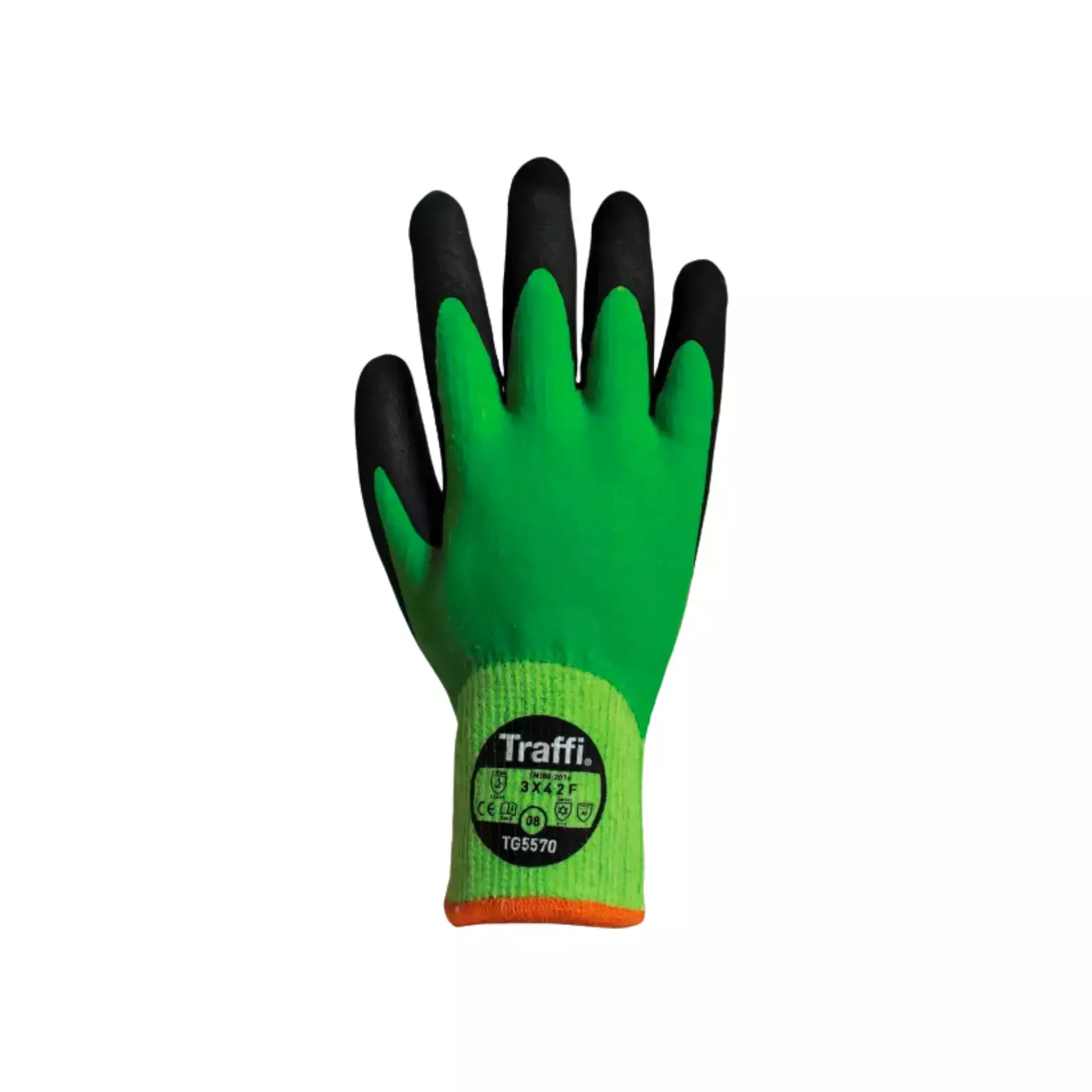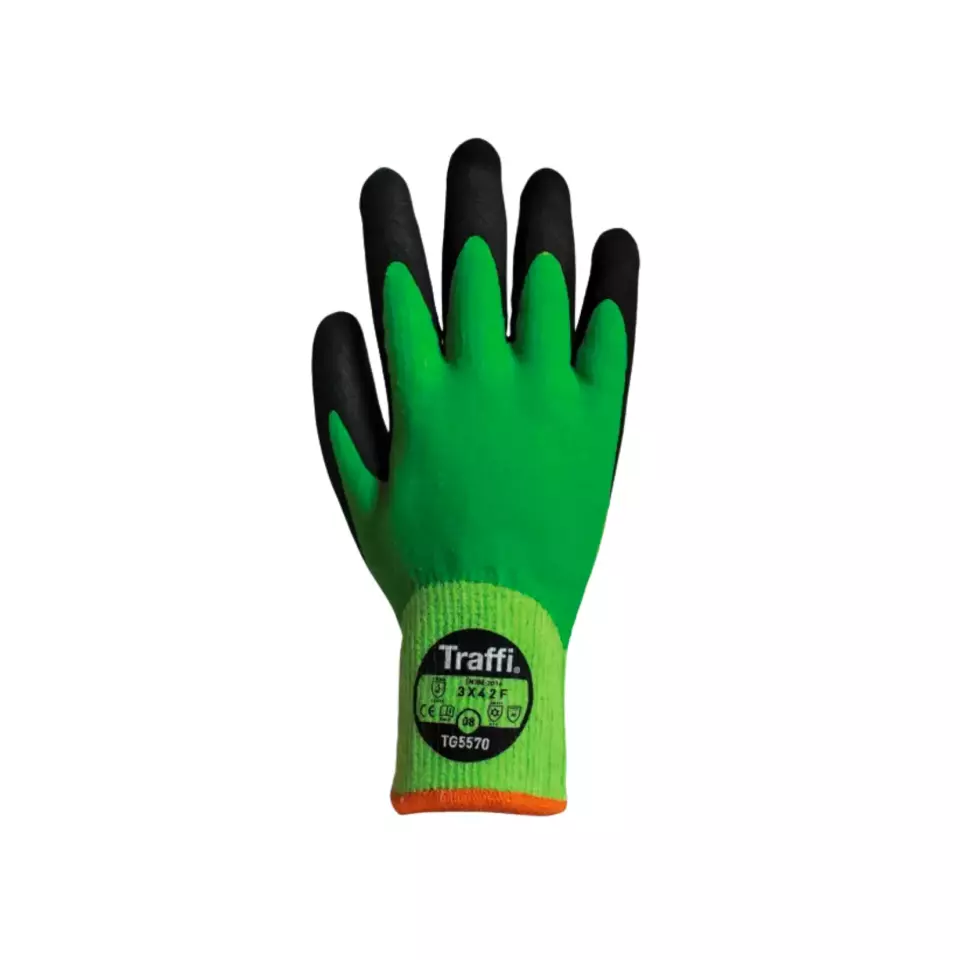
Features You'll Love

Cuff Style · Knit
EN 388 · Abrasion Resistance Level 3
Determines how the glove secures around the wrist, affecting fit, comfort, and protection coverage at the wrist area.
Provides good resistance against scraping, scratching, and rubbing on rough or abrasive surfaces.
Traffi
Traffi logo
X-DURA Latex Water Resistant Cut Level F Safety Glove, 10 pairs
Traffi
X-DURA Latex Water Resistant Cut Level F Safety Glove, 10 pairs
Traffi logo
(10)
116,59 €
128,96 €
Price per 10 pairs
11,66 € / pair
Estimated delivery: Fri Dec 19 - Mon Dec 22
Choose size
Free delivery
Features You'll Love

Cuff Style · Knit
EN 388 · Abrasion Resistance Level 3
Determines how the glove secures around the wrist, affecting fit, comfort, and protection coverage at the wrist area.
Provides good resistance against scraping, scratching, and rubbing on rough or abrasive surfaces.
Product description
The product description has not been specified